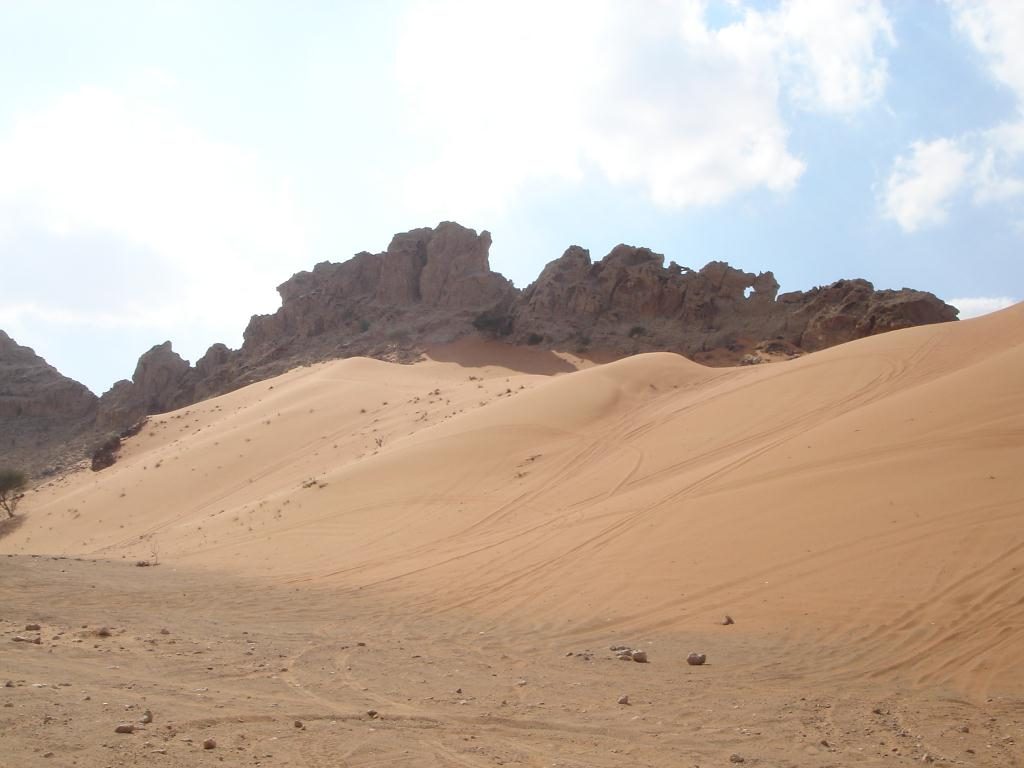On one of our hikes in northern Ras Al Khaimah, we bumped into these remarkable stones: about half a meter both in length and width, the fossils were obviously too heavy to carry in our backpack for further study.
This fossil seems to be a collection of burrow or worm casts; they could be trilobite fossils.

trilobite 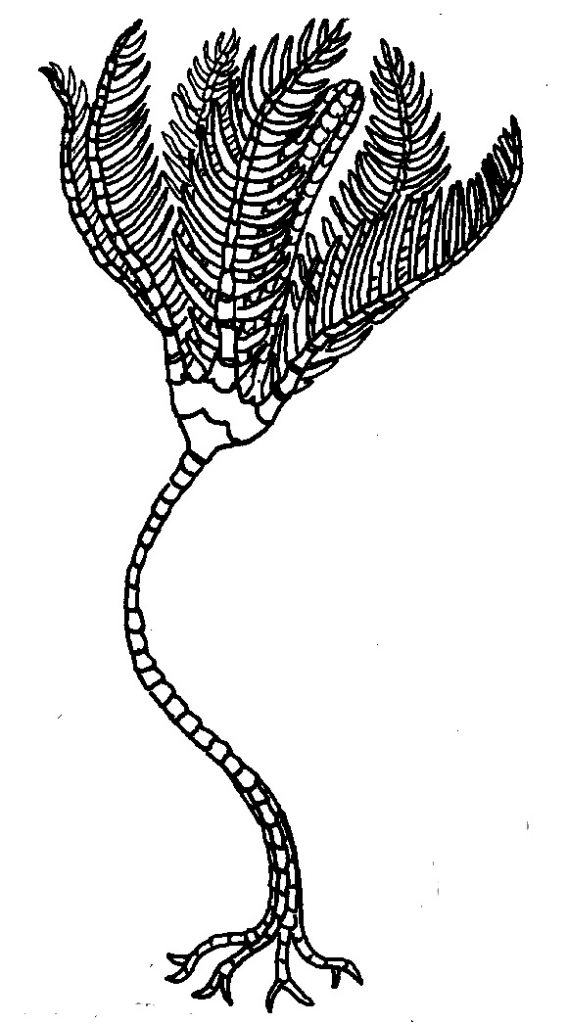

Permian/Triassic 
The rocks in the vicinity of Wadi Bih are Permian/Triassic (286 to 208 millions of years ago) and trilobites appeared from Cambrian to Permian (570 to 245 millions of years ago). So there is a good chance these trilobites have created this fascinating tangle.
It is quite a mixture:
- there could be some fusulinids: cigar-shaped foraminifera (= hole bearers)
- some crinoids (sea urchins, flower like marine animals, also called sea lilies, which are flowers like sea urchins)
- some corals and some shells
Trilobite (means “three lobes”) is a well known fossil group of extinct marine anthropods.
Fossil Rock
Fossil Rock is officially known as Jebel Maleihah and is part of the ridge which runs from Ras Al Khaimah to Al Ain.
All along this ridge, in one specific and distinct layer, the same type of fossils can be found. However, they are not always easily accessible or even visible.
The large outcrop, known as “Fossil Rock”, is the most popular area for fossil hunters in the UAE: at this site they can be found on the slopes quite easily. Or I`d rather say: they “could” be found easily.
Due to the fact that this is one of the most known accessible fossil sites in the region, numerous hunters have been cutting and carving away the relics of our past. Nowadays, the name is still there but most of the visible fossils are gone. The layer is hammered out and destruction is near complete.
If you have a sharp eye and are lucky to spot fossils, you have most probably encountered “gastropods”, more commonly known as snails or slugs. In theory, gastropods can be of various sizes and can live in the sea, fresh water or on land.
Those of Fossil Rock are marine gastropods: these creatures crawled on the ocean floor many million years ago when seawater covered most of the land, currently known as Arabia.
The fossil history of this class goes all the way back to the late Cambrian (500 million years ago)
stropods: these creatures crawled on the ocean floor many million years ago when seawater covered most of the land, currently known as Arabia.
The fossil history of this class goes all the way back to the late Cambrian (500 million years ago)
Gastropods

seashell dubai hiking 
seashell dubai hiking 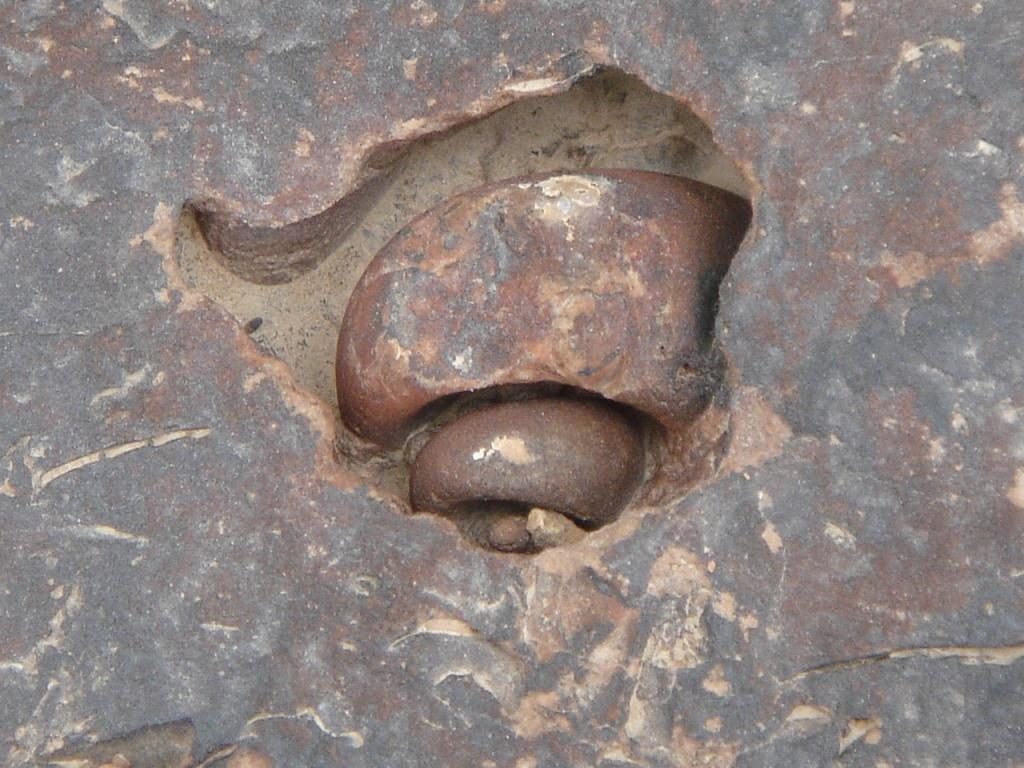
seashell dubai hiking 
seashell dubai hiking 
seashell dubai hiking 
seashell dubai hiking 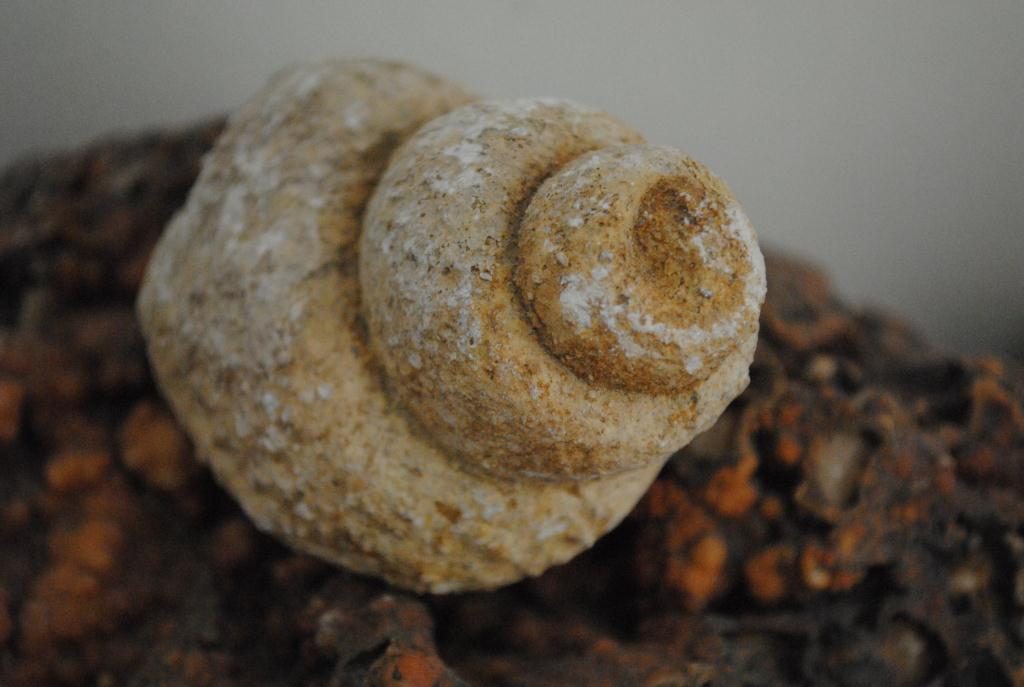
seashell dubai hiking 
seashell dubai hiking 
seashell dubai hiking 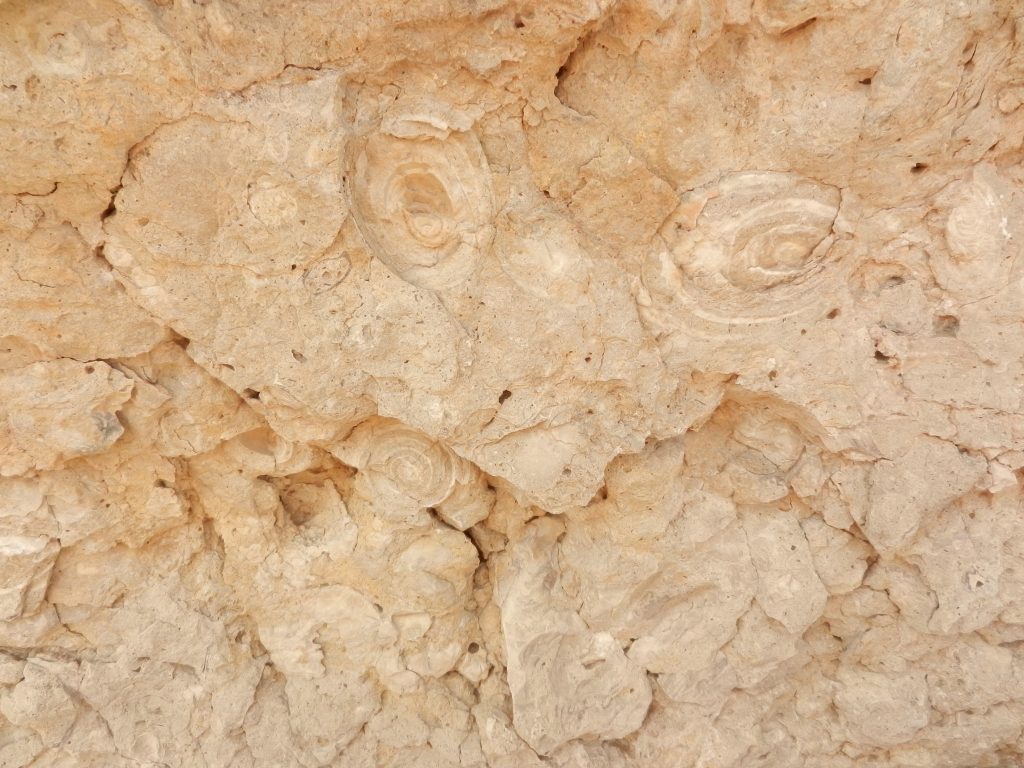
seashell dubai hiking 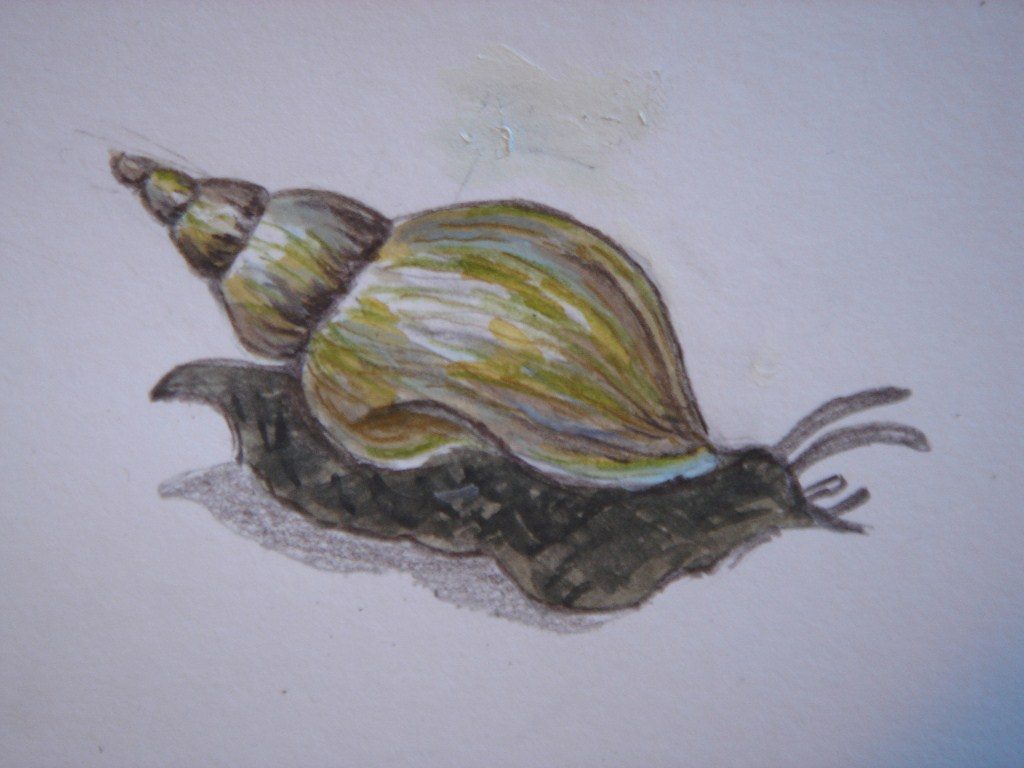
seashell dubai hiking
Gastropods: any member of more than 65,000 animal species belonging to the Class Gastropoda, the largest group in the phylum Mollusca. The class is made up of the snails, which have a shell into which the animal can generally withdraw, and the slugs—snails whose shells have been reduced to an internal fragment or completely lost in the course of evolution.
![]()
